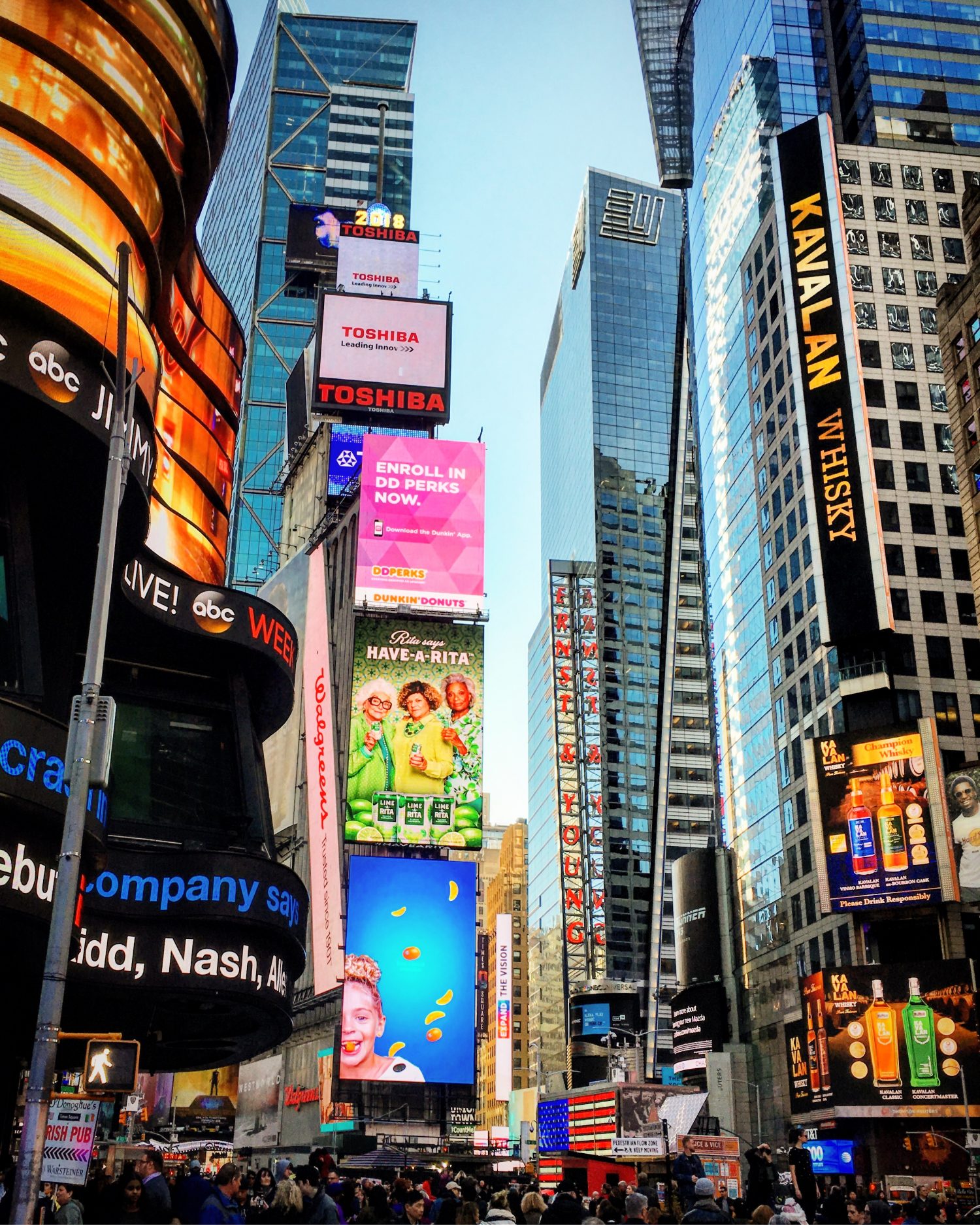Investigating The Way Resolution Influences the Functionality and Visual Caliber of Light Emitting Diode Walls in Contemporary Display Technology
Investigating The Way Resolution Influences the Functionality and Visual Caliber of Light Emitting Diode Walls in Contemporary Display Technology
Blog Article
Light Emitting Diode walls are growing increasingly common in various environments, from concerts and athletic events to corporate displays and creative installations. One of the most crucial elements that affect the performance and image quality of these displays is image clarity. Image resolution refers to the quantity of picture elements that compose the image on the screen. Higher image clarity means more pixels, which can lead to clearer and crisper visuals. Grasping how image clarity affects LED walls can help operators make knowledgeable choices about their display requirements.
When discussing resolution, it is crucial to take into account picture pitch, which is the gap between the midpoint of one picture element to the midpoint of the following picture element. A reduced picture pitch yields a greater image clarity, enabling additional detail in the visuals displayed. For instance, an LED screen with a pixel pitch of 1.5mm will provide a clearer image than one with a pixel pitch of 3mm. This is particularly important in environments where viewers are near to the display, such as in a small venue or a trade show booth. In these situations, a greater image clarity can significantly enhance the observing quality.
Another factor of image clarity is its impact on color accuracy and brightness. LED screens with greater resolutions often have better color reproduction, indicating that the hues shown are more vibrant and true to life. This is essential for uses like marketing, where the objective is to attract attention and communicate a concept efficiently. Additionally, greater resolution screens can preserve luminosity levels even when viewed from different angles. This is crucial in big locations where audiences may be seated at different distances and positions from the display.
The performance of LED walls is also influenced by image clarity in terms of update frequencies and reaction durations. A greater image clarity screen can support quicker update frequencies, which is crucial for fast-moving material such as films and motion graphics. This indicates that the visuals on the display will look smoother and more fluid, improving the overall observing experience. In contrast, lower resolution displays may struggle with fast-moving content, leading to blurriness or lag. Therefore, for events that rely on high-energy images, selecting a screen with a suitable resolution is critical.
In conclusion, resolution plays a vital role in determining the performance and visual quality of LED screens. Factors such as pixel pitch, color accuracy, luminosity, update frequencies, and reaction durations all affect how effectively a display can convey data and engage viewers. As technology continues to advance, understanding these factors will assist operators choose the appropriate LED wall for visit this website their specific needs, ensuring that they obtain the optimal possible outcomes in their displays and events.